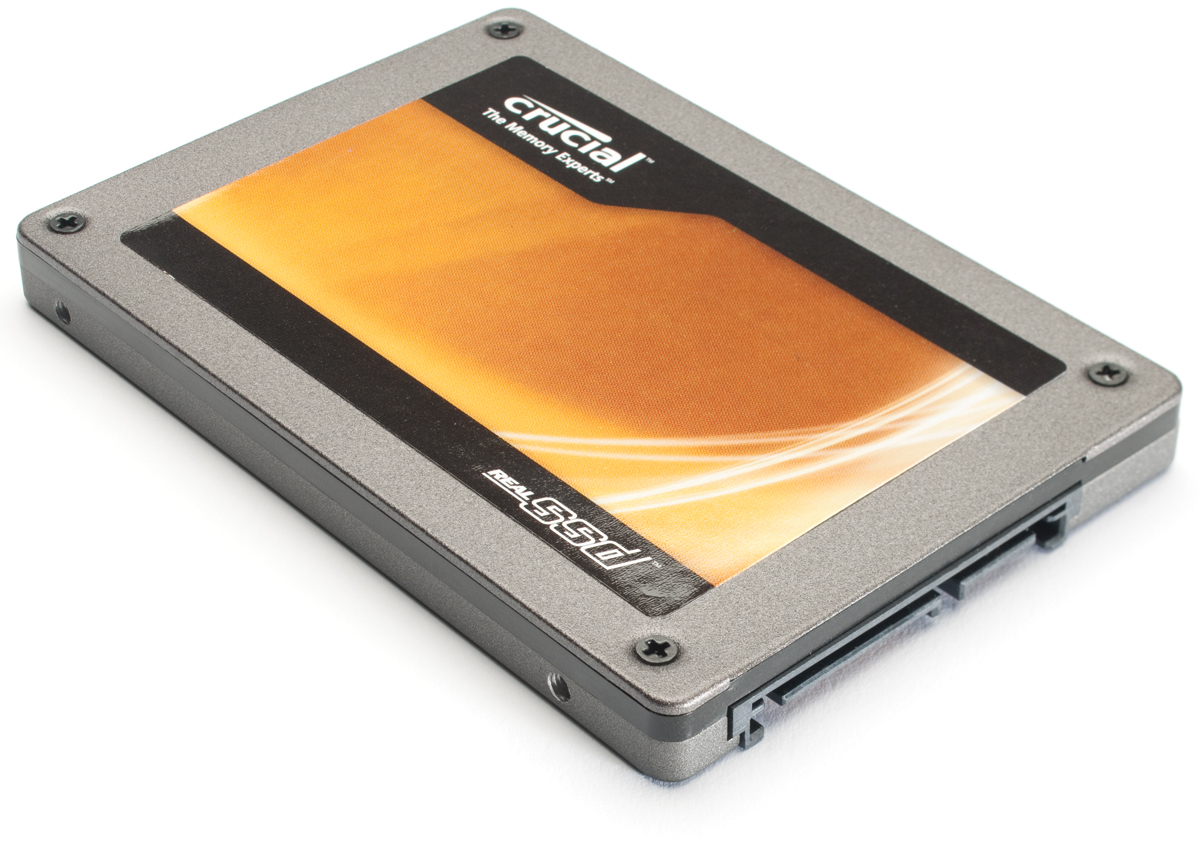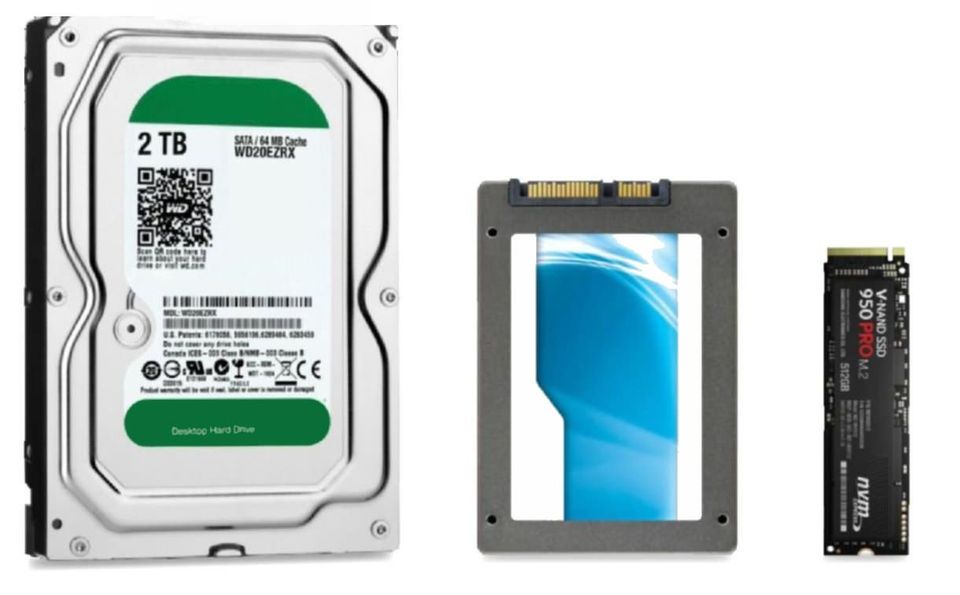

Although it is often termed as a solid-state disk, it does not contain any kind of physical disk. It can be defined as a type of non-volatile storage which functions like a hard drive using a different technology i.e.

SSD is an abbreviation for Solid-State Drive. We can probably expect a lot more from them in the coming 20 or 25 years. The cost of hard drives continues to decrease and manufacturing companies are still working on the design and capacity of the hard disk drives. At just 5.25 inches in diameter and costing around $1500, it was a far cry from the early days. By 1980, Shugart Technology (later Seagate Technology) had created a new hard disk drive of 5 MB, especially for personal computers. As the cost of electrical equipment decreased and the density of memory chips increased, the PC revolution began. Each disk had the capacity to hold up to 2 MB.īefore the 1970s, you’d mainly only find computers at big companies, in universities, or government institutions because they were prohibitively expensive and huge. Initially, the size of the disk was 24 inches, which was later reduced to 14 inches. In 1962, they introduced a disk storage drive in the IBM 1316. IBM continued to work hard to resolve the issue of bulky storage devices, coming up with a new solution which utilized removable storage. The first RAMAC computers were huge – with the hard disks used in this system about the size of two refrigerators. This new method from IBM brought in moveable read/write heads, which enabled faster access to data volumes and effectively ushered in a new era for computer systems. Before RAMAC, magnetic tape had been the main storage option for computers.

Introduced in 1957, RAMAC (Random Access Method of Accounting and Control) was the first commercial computer disk storage system in the world. Quick history of commercial drives to ssd

SSDs are known for their amazing performance at minimal cost, with the potential to speed up existing computer systems and servers without breaking the bank. This week we go back to basics and look at two storage technologies: HDD (hard disk drive) and SSD (solid-state drive).


 0 kommentar(er)
0 kommentar(er)
